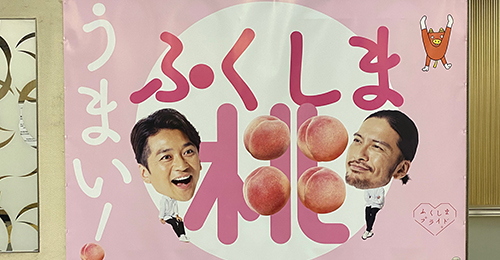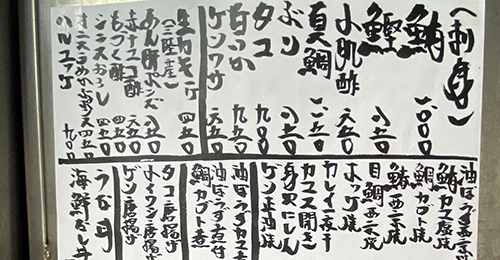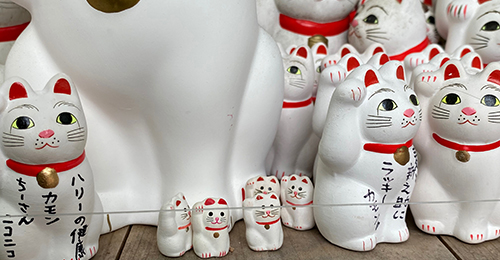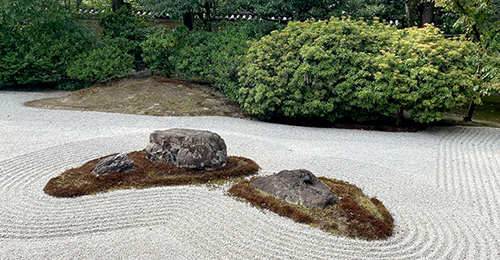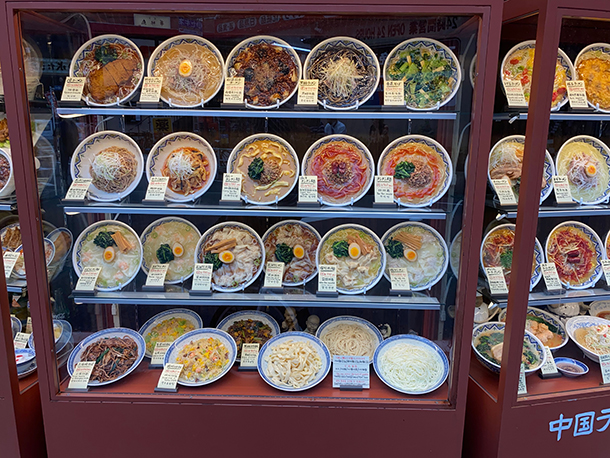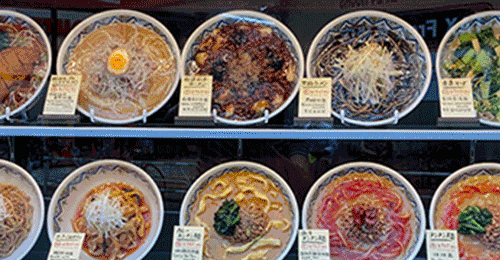
UNBRIDLED CREATIVITY ABOUNDS IN A COUNTRY WHERE ANCIENT AND MODERN COLLIDE EVERY DAY
by Edward M. Gómez
In Kyoto, the fleeting view of a maiko (a geisha in training) disappearing into a side street in the seasonal patterns and colors of a shimmering kimono. In Tokyo, the curiously harmonious juxtapositions of a Buddhist temple, an office building, a supermarket, and a McDonald’s outlet all keeping company on the same street in a typical neighborhood.
In Sapporo, in the far north, the throbbing pulse of an important manufacturing center for food, beverages, and machinery — including delicious noodles, ice cream, and beer — whose productivity easily places it in a league with such metropolises as Chicago, Dallas, or even Nagoya, the hub of Japan’s automotive industry in central Honshū, the Japanese archipelago’s main island.

Ancient traditions and ultramodern technology. Conservative social attitudes (which are slowly changing) and cutting-edge experimentation in science, design, and the arts. Japan is a country of dramatic contrasts and unique attributes. Even though it has one of the world’s fastest-aging populations, it remains a center of innovation in computing, transportation technology, architecture, industrial design, retailing, fashion, and art. Foreign students, especially those from other Asian countries, eagerly come to Japan to acquire valuable skills at its universities and specialized schools.
advertisement
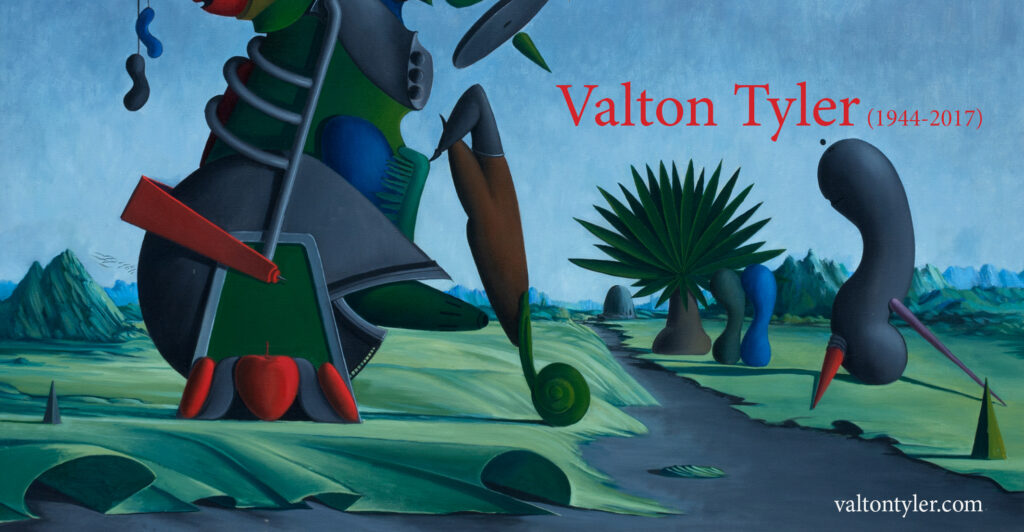
With this issue, brutjournal goes to Japan to take the pulse of a handful of places and people whose creativity and ideas fit our bill — subjects in the hard-to-classify category, that is, the kind that make us pause and consider: Could this have emerged anywhere else besides Japan? What are some Japan-based contemporary artists and taste-makers thinking and creating these days, and how are their ideas flowing into and becoming part of the broader popular culture?
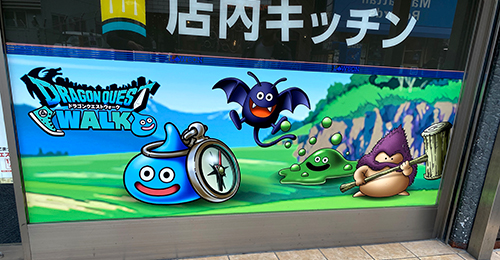
These were some of our concerns as we set out to explore a range of art venues and events whose programming or subjects had less to do with too-familiar notions of Japan and Japaneseness and more to do with what’s percolating on the fringes of the mainstream in a country that always offers plenty to surprise — and inspire — foreign visitors. Explore the articles in this month’s issue, which will be rolling out as March continues to unfold. Kanpai!
